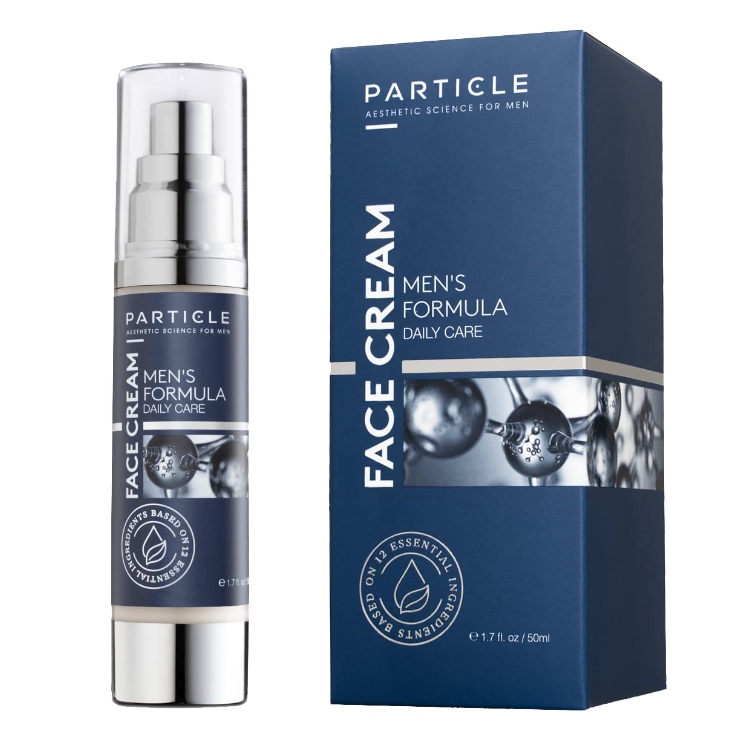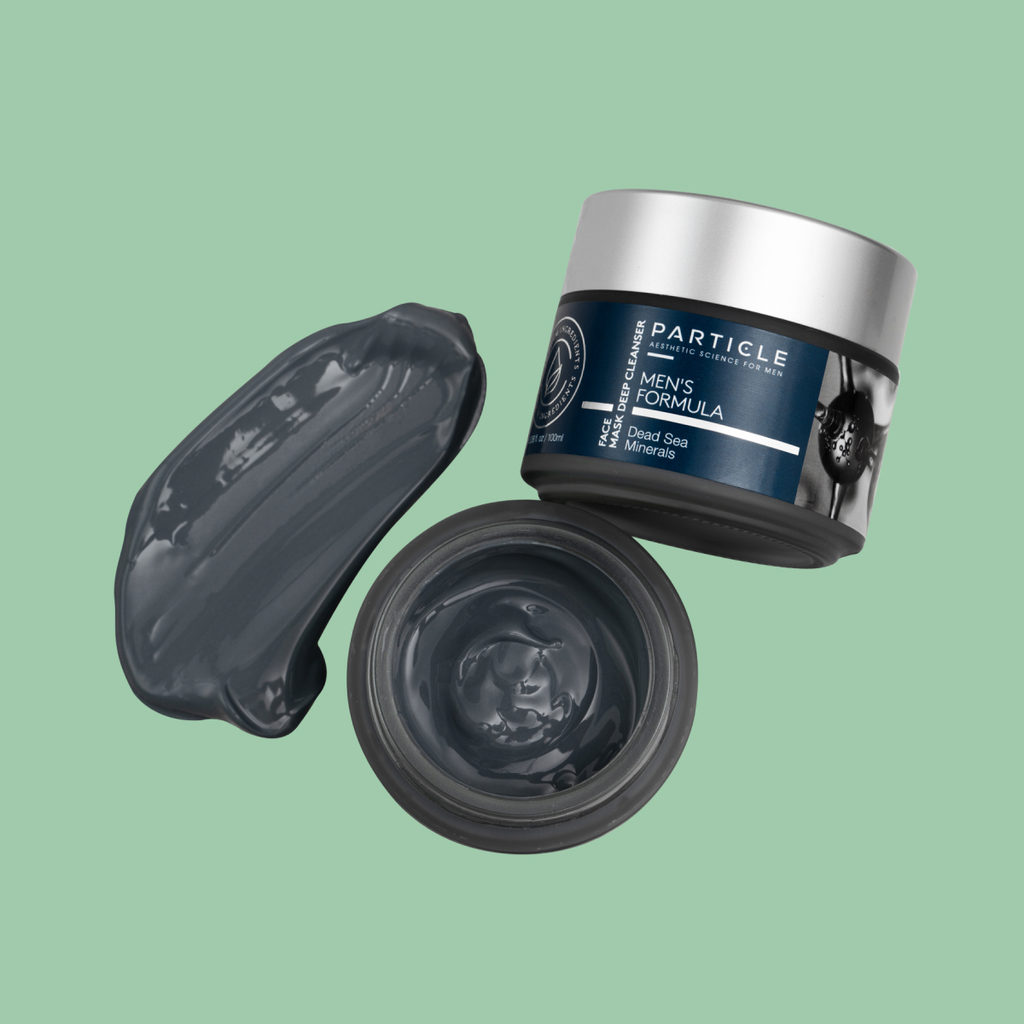
Jojoba Oil
Jojoba oil is derived from the seeds of the jojoba plant. It is a lightweight, non-greasy oil that is easily absorbed into the skin. Jojoba oil is rich in vitamins E and B complex, as well as minerals like copper and zinc. It is known for its moisturizing and nourishing properties, making it ideal for use in skin and hair care products. Jojoba oil is also non-comedogenic, which means it doesn’t clog pores, making it a good choice for people with oily or acne-prone skin.
Vitamin E
Vitamin E is a powerful antioxidant that helps protect the skin from damage caused by free radicals. It is also known for its moisturizing properties and ability to improve skin elasticity. Vitamin E can be found in many skincare products, including moisturizers, serums, and sunscreens. It is also found naturally in foods like nuts, seeds, and leafy greens.
Glycerin
Glycerin is a humectant that is commonly used in skincare products because of its ability to attract and retain moisture. It is a natural compound that can be derived from plant oils or animal fats. Glycerin can help improve the texture and appearance of the skin by reducing dryness and improving elasticity.
Squalane Oil
Squalane oil is a lightweight, non-greasy oil that is derived from olives. It is similar in structure to the natural oils produced by the skin, which makes it easily absorbed and non-irritating. Squalane oil is known for its moisturizing and anti-aging properties and can help improve the texture and tone of the skin.
Coffee Seed Extract
Coffee seed extract is derived from coffee beans and is rich in antioxidants. It is known for its anti-inflammatory properties and can help reduce redness and irritation in the skin. Coffee seed extract can also help improve the appearance of fine lines and wrinkles, making it a popular ingredient in anti-aging skincare products.
Lactic Acid
Lactic acid is an alpha-hydroxy acid that is commonly used in skincare products to exfoliate the skin. It works by breaking down the bonds between dead skin cells, allowing them to be easily removed from the surface of the skin. Lactic acid is also known for its moisturizing properties and can help improve the texture and tone of the skin.
Ascorbyl Tetraisopalmitate
Ascorbyl tetraisopalmitate is a stable form of vitamin C that is commonly used in skincare products for its antioxidant properties. It can help protect the skin from damage caused by free radicals and can also help brighten and even out the skin tone.
Pentavitin
Pentavitin is a plant-based ingredient that is known for its moisturizing properties. It is derived from the sugar beet plant and works by binding to the skin’s natural moisture and helping to retain it. This makes it ideal for use in skincare products, as it can help improve the skin’s hydration levels and prevent dryness. Additionally, Pentavitin is also known for its ability to soothe and calm the skin, making it beneficial for those with sensitive skin.
Hyaluronic Acid
Hyaluronic acid is a naturally occurring molecule that is found in the skin, joints, and other connective tissues. It is known for its ability to attract and retain moisture, which makes it a popular ingredient in skincare products. Hyaluronic acid can help improve the skin’s hydration levels, plump up the skin, and reduce the appearance of fine lines and wrinkles. It is also known for its soothing and calming properties, making it beneficial for those with sensitive skin.
Sym White
Sym White is a skin lightening ingredient that is derived from natural sources, including pine trees and bearberry plants. It is a blend of various plant extracts that work together to inhibit the production of melanin in the skin, which can help reduce the appearance of dark spots and hyperpigmentation. Sym White is also known for its antioxidant properties, which can help protect the skin from damage caused by free radicals. Additionally, it can help improve the overall texture and tone of the skin, leaving it looking brighter and more even.
Particle for Men Face Mask Ingredients & Health Benefits

Charcoal Powder
Charcoal powder is a fine black powder made from activated carbon, usually derived from coconut shells or other organic sources. Charcoal powder is often used in skincare products for its ability to draw out impurities and toxins from the skin. It is thought to be particularly effective for treating oily or acne-prone skin, as it can help to unclog pores and absorb excess oil.
Bentonite Clay
Bentonite clay is a type of clay that is formed from volcanic ash. It is known for its ability to absorb toxins and impurities from the skin, making it a popular ingredient in face masks and other skincare products. Bentonite clay is particularly effective for oily or acne-prone skin, as it can help to absorb excess oil and reduce the appearance of pores.
Aloe Vera
Aloe vera is a plant species that has been used for centuries for its medicinal properties. The gel inside the plant’s leaves is often used in skincare products for its ability to soothe and hydrate the skin. Aloe vera is rich in antioxidants, which can help to protect the skin from damage caused by free radicals. It is also thought to have anti-inflammatory properties, which can help to reduce redness and irritation.
Panthenol
Panthenol, also known as vitamin B5, is a water-soluble vitamin that is often used in skincare products for its moisturizing and soothing properties. Panthenol is thought to be particularly effective for dry or irritated skin, as it can help to improve the skin’s barrier function and retain moisture.
Reference
- Becker, L.C., Bergfeld, W.F., Belsito, D.V., Hill, R.A., Klaassen, C.D., Liebler, D.C., Marks, J.G., Shank, R.C., Slaga, T.J., Snyder, P.W., Gill, L.J. and Heldreth, B. (2019). Safety Assessment of Glycerin as Used in Cosmetics. International Journal of Toxicology, [online] 38(3_suppl), pp.6S22S. doi: https://doi.org/10.1177/1091581819883820.
- Camargo, F.B., Gaspar, L.R. and Maia Campos, P.M.B.G. (2011). Skin moisturizing effects of panthenol-based formulations. Journal of Cosmetic Science, [online] 62(4), pp.361–370. Available at: https://pubmed.ncbi.nlm.nih.gov/21982351/.
- Cut Mara Henni, Dedy Syahrizal and Taufik Suryadi (2023). Coffee Extract as an Antioxidant in the Prevention of Photoaging: Literature Review. 8(2), pp.23–26. doi: https://doi.org/10.52403/gijhsr.20230205.
- Gad, H.A., Roberts, A., Hamzi, S.H., Gad, H.A., Touiss, I., Altyar, A.E., Kensara, O.A. and Ashour, M.L. (2021). Jojoba Oil: An Updated Comprehensive Review on Chemistry, Pharmaceutical Uses, and Toxicity. Polymers, [online] 13(11), p.1711. doi: https://doi.org/10.3390/polym13111711.
- Hassan, I., Dorjay, K. and Anwar, P. (2014). Pentoxifylline and its applications in dermatology. Indian Dermatology Online Journal, 5(4), p.510. doi: https://doi.org/10.4103/2229-5178.142528.
- Huang, Z.-R., Lin, Y.-K. and Fang, J.-Y. (2009). Biological and Pharmacological Activities of Squalene and Related Compounds: Potential Uses in Cosmetic Dermatology. Molecules, 14(1), pp.540–554. doi: https://doi.org/10.3390/molecules14010540.
- Komesu, A., Oliveira, J.A.R. de, Martins, L.H. da S., Wolf Maciel, M.R. and Maciel Filho, R. (2017). Lactic Acid Production to Purification: A Review. BioResources, 12(2). doi: https://doi.org/10.15376/biores.12.2.komesu.
- Medina, J. and Gupta, V. (2023). Vitamin E. [online] PubMed. Available at: https://pubmed.ncbi.nlm.nih.gov/32491669. [Accessed 22 Jun. 2023].
- MOOSAVI, M. (2017). Bentonite Clay as a Natural Remedy: A Brief Review. Iranian Journal of Public Health, [online] 46(9), pp.1176–1183. Available at: https://www.ncbi.nlm.nih.gov/pmc/articles/PMC5632318/.
- Ravetti, Clemente, Brignone, Hergert, Allemandi and Palma (2019). Ascorbic Acid in Skin Health. Cosmetics, 6(4), p.58. doi: https://doi.org/10.3390/cosmetics6040058.
- Sánchez, M., González-Burgos, E., Iglesias, I. and Gómez-Serranillos, M.P. (2020). Pharmacological Update Properties of Aloe Vera and its Major Active Constituents. Molecules, [online] 25(6), p.1324. doi: https://doi.org/10.3390/molecules25061324.
- Sanchez, N., Fayne, R., Burroway, B. and BW (2019). Charcoal: An Ancient Material with a New Face. Clinics in Dermatology. doi: https://doi.org/10.1016/j.clindermatol.2019.07.025.
Next, check out some similar articles you might find interesting:

Leave a Reply